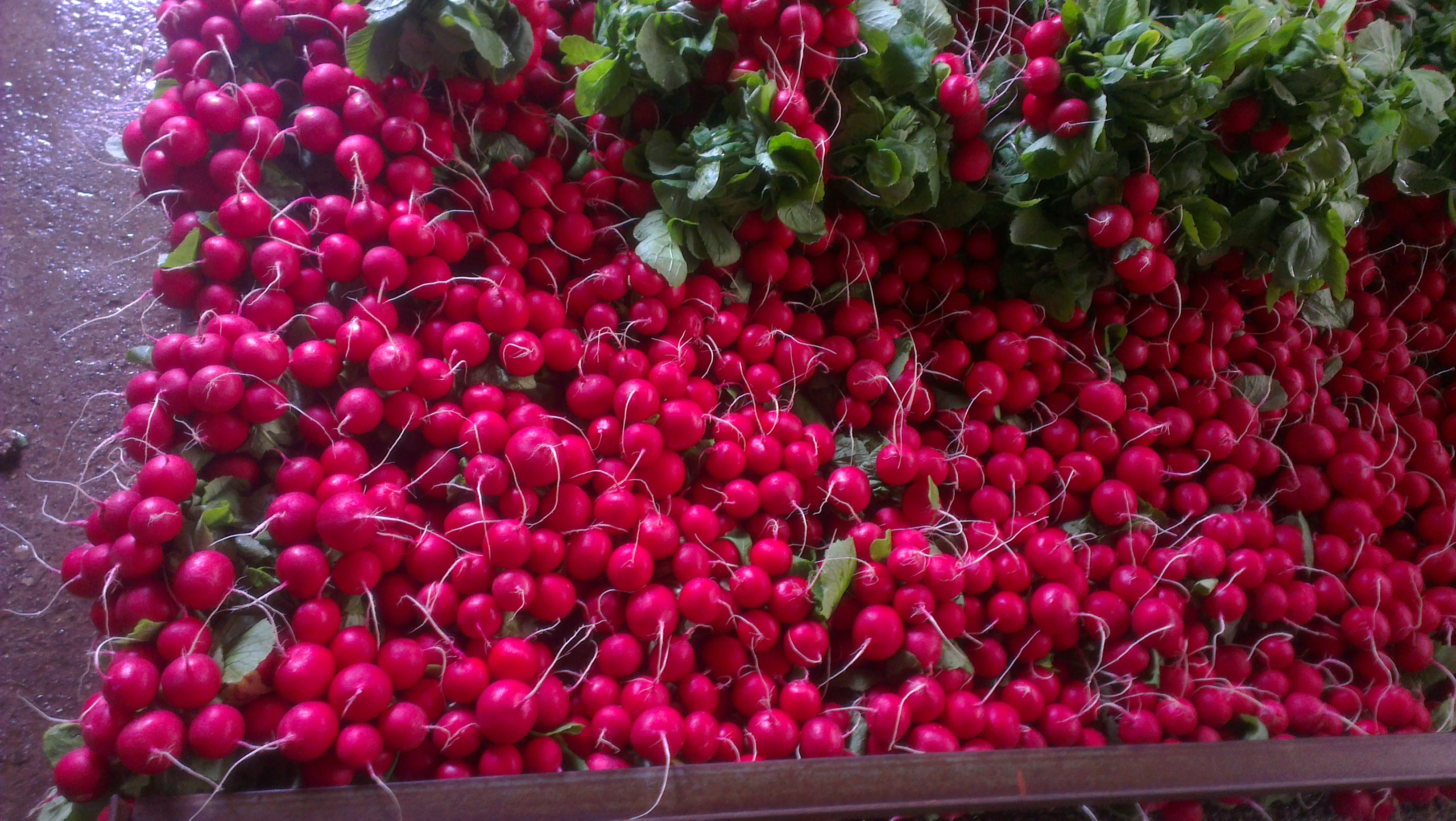Radishes are referred to as early vegetables, depending on the variety, it can ripen for several weeks from the moment of emergence. But the picture from the package does not always correspond to the grown vegetable, so that this situation does not overtake you and it’s safest to grow seeds at home on your own. There is nothing difficult in this, the main thing is to observe some nuances.
Breeding features
We need to start with the fact that the radish is a cruciferous annual. In the first year you can collect seeds for future sowing, but only after they were personally convinced of the full conformity of the grown vegetable.
Feature of reproduction is two ways of growing a mother plant, this is the name of the shtamb, from which the testes are subsequently collected.
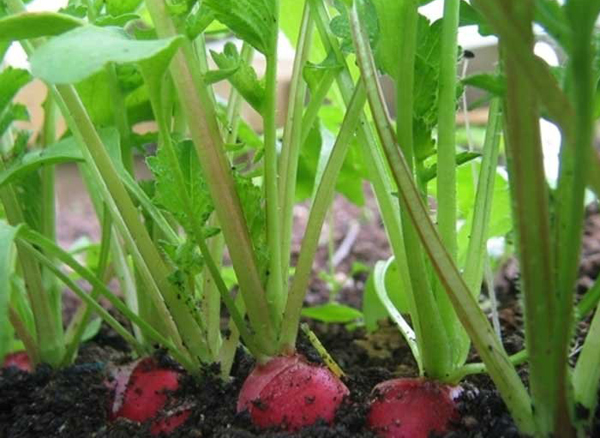
Choosing a grade
If you take in general, then any varieties of vegetables you like will be suitable for picking radish seeds. Even one left shtamb will give a sufficient amount. Choose uterine plants need to:
- First of all, the vegetable is examined, it should be flawless, smooth and elastic.
- The fruit of the radish must fully comply with the declared variety, have all the features of color and taste.
- The plant of the chosen trunk is green, dense, free from pests and diseases.
Such shtamb will give the seeds of the best quality, if you follow certain rules for planting and growing mother plants. According to the gardeners, one uterine plant can produce about 20 g of seeds, with a thousand seeds weighing 7-10 g.
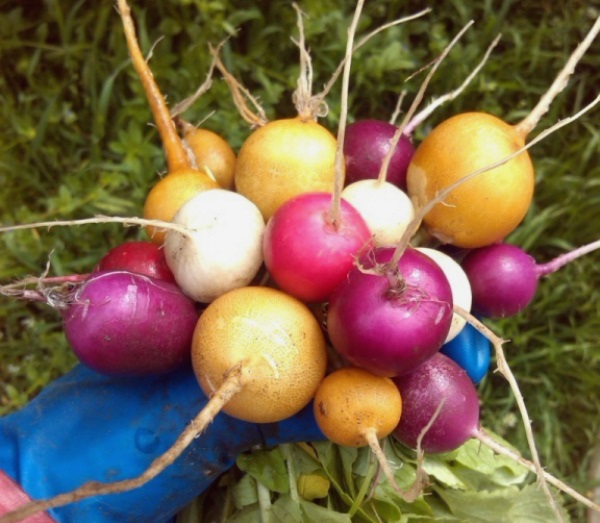
How to grow radishes at home
After you have decided on a variety and selected a suitable boom, you should find out by what method we will grow radishes to get seeds.
Experienced gardeners distinguish two ways to grow radish for seed:
- They rarely use throttling rarely, due to the fact that this method produces less seeds, their aging is delayed for 160 days. At the same time, there is a threat of dusting, when radish and other less-liked radish varieties can “join” to your shtambu. With the direct method, the plant is not dug out or transplanted, it continues to grow in the place where the seeds were sown.
- The second, more common, is the transplant method of growing radish for seeds. It allows you to select more beautiful appearance of the roots, which will exactly match the picture on the package. The testicles will ripen with this method early, after only 120 days.
In order to grow radishes for seed in this way, root crops are fully dug up at the stage of full maturity,select only ideally suited for the description of the variety. After that, the shtambov cut tops, leave cuttings about 3 cm. The horse system is also shortened, leaving no more than 4 cm, a dive will help the plant to quickly drive out the peduncle, which later forms the seed boxes of the radish.
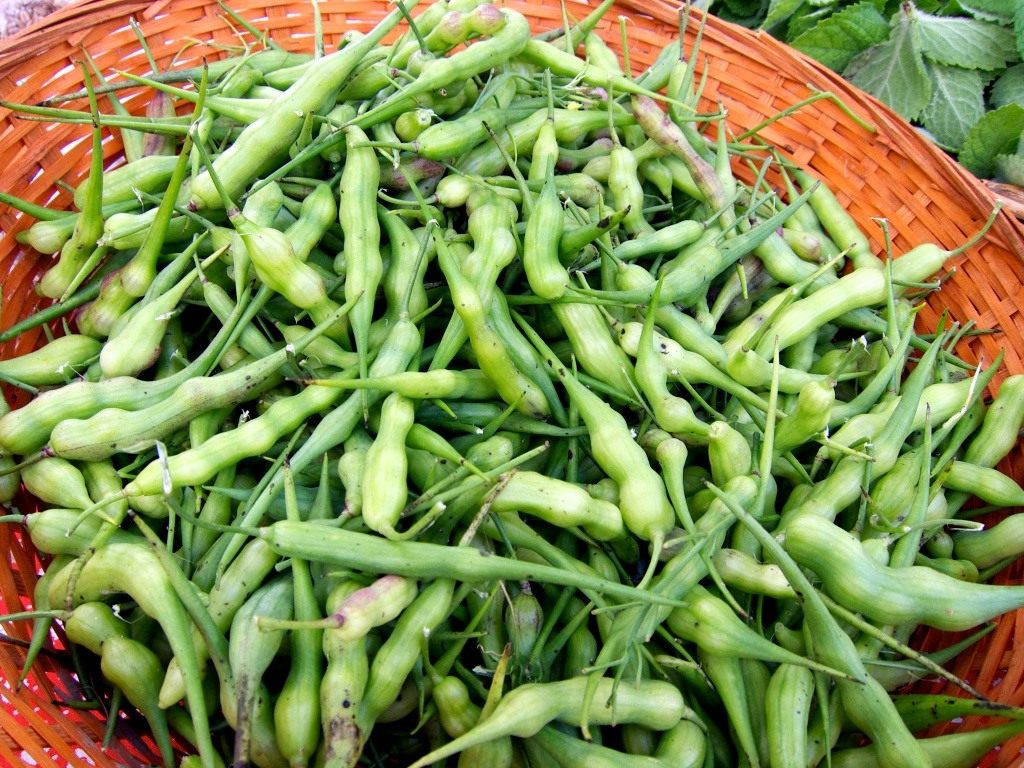
After such procedures, it is worth choosing a place for planting the uterine stump, here special attention should be paid to the neighboring plants, among them there should not be any other types of radish, radish or other cruciferous plants. It is best to plant the roots away from the main beds, in a quiet, sheltered place.
Sun shtambu should be sufficient, as well as moisture. The distance between plants should be at least 40 cm, during planting it is necessary to strictly follow that the socket of petioles was not sprinkled with soil. It is important to prune and re-plant on the same day to avoid drying the root.
With proper care, after 2-3 weeks, the shtamb will drive out the arrow, on which soon buds will appear at once, and then the flowers themselves. In radish, they are not very beautiful, usually yellow or white, collected in a spikelet, but with a strong smell.After the plant has faded, the pods are formed on the arrow, in which the seeds will be located until full maturity.
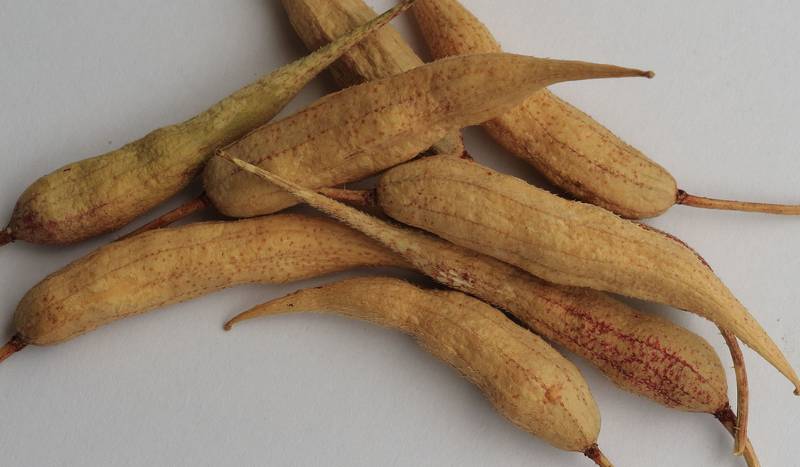
How to assemble
It will be possible to collect radish seeds after they mature in the seed box. The main sign of maturity is a change in the color of the pods, from green they turn to pale yellow or beige. Usually this period begins in the middle of autumn, at this time it is worth cutting flower stalks with seed plants and finishing them in the attic or shed. There must be good ventilation in the room, otherwise the pods will simply rot. You can dry out in the kitchen or balcony of a city apartment.
After the cut arrows dry out you need to get the seeds themselves. But not always with simple splitting of the pods, only seeds are poured out from there, often with husks and other unwanted impurities entering the collection container. Everyone wants to have clean grains, how to do it? There is one not difficult and proven way.
After about three weeks of drying, the pods will completely dry out, and the seeds will ripen in them,check it by simple crushing. If the surface peel crumbles in the hands, then it's time to remove the seeds. After that, the pods, together with the seed bolls, are aptly pushed, as a result you should get a homogeneous mass with small particles from different parts of the testicle.
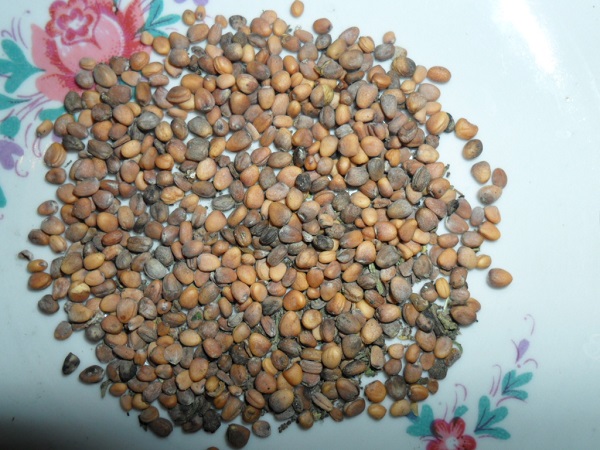
After that, the resulting mass is put in a container, filled with water and left for 5-10 minutes. During this time, all unnecessary oil cake rises to the surface, and the seeds of radish will settle to the bottom. A litter is carefully collected from the tank and the water is drained. The seeds themselves are dried and laid out in prepared paper bags or fabric bags.
Be sure to sign the harvest and remember that a good percentage of germination of the seed is retained for 4-5 years.
So we collected the seeds from radish, the process is not complicated and not time consuming. But you definitely get the desired variety of root vegetables and at least a little can save your budget.
